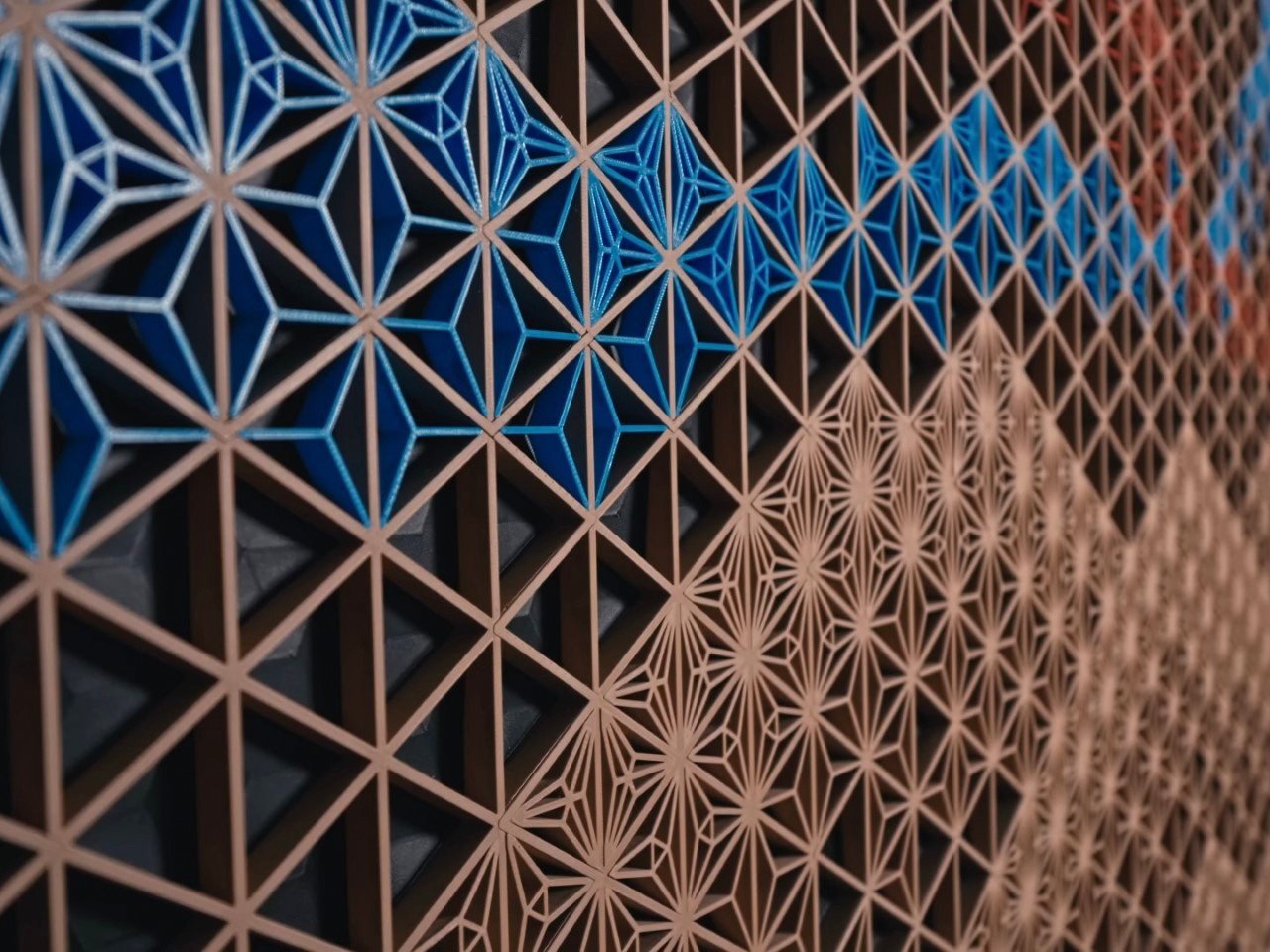Technology
Discover Three Key Trends in Interior Design to Transform Spaces

Interior design is evolving as homeowners seek to create spaces that resonate emotionally and aesthetically. Recent trends highlight the importance of texture, tone, and purposeful design in transforming environments. NAU Design’s Winter 2025 collection, led by designer Tom Fereday, showcases how these elements can be effectively integrated into modern living.
The Influence of Texture in Design
Texture plays a crucial role in shaping the atmosphere of a space. It is often the first characteristic we notice, influencing our emotional response before we even consciously register it. For instance, the softness of a velvet cushion can invite comfort, while the raw feel of exposed brick adds an industrial edge.
In contemporary design, careful layering of materials is essential. Combining smooth surfaces, like polished marble, with rugged elements, such as concrete or timber, creates depth and invites exploration. The Ayva Table from NAU’s collection exemplifies this approach with its sculptural single-leg design made from solid timber. It balances functionality with aesthetic appeal, enhancing space without compromising stability.
The traditional Japanese Kumiko technique, known for its intricate wood joinery, has recently inspired a modern twist. A Canadian maker’s innovative 3D-printed version of Kumiko retains its tactile qualities while being accessible for wider use. This experiment resulted in a lattice of over 1,000 pieces, showcasing how technology can enrich traditional craftsmanship.
Cultivating Mood Through Color and Tone
The choice of tone in interior spaces significantly impacts how these areas feel and function. Specific colors can evoke a range of emotions. For example, soft whites and pastels create an airy ambiance, while deep jewel tones can introduce drama and elegance.
One standout piece from NAU’s collection, the Dong Dong sofa, exemplifies the use of color to uplift a room’s spirit. Its vibrant yellow hue adds warmth and positivity, transforming neutral spaces into lively environments. The sofa’s design, inspired by inflatable pool rings and ocean waves, not only invites relaxation but serves as a statement piece that sparks joy.
As light conditions shift throughout the day, the colors within a room also change, enhancing the emotional experience. Thoughtful curation of tones can unify a space, creating a harmonious flow that feels both intentional and inviting.
Purposeful Design: More Than Aesthetic Choices
Every material in a space carries a story, reflecting its origins and craftsmanship. Thoughtful design considers sustainability, function, and emotional resonance, creating environments that are visually appealing and meaningful.
For example, the Panorama Glass Lodge in Iceland is a remarkable application of this philosophy. Its all-glass construction blurs the lines between interior and exterior, showcasing the breathtaking natural landscape. The design prioritizes openness and connection to nature, allowing the environment to be the focal point of the experience.
Using reclaimed wood, locally sourced materials, and eco-friendly paints not only conserves resources but also connects inhabitants to their surroundings. Each design choice contributes to a narrative, embedding memory and cultural significance within the space.
By embracing texture, tone, and purpose, designers can create interiors that resonate on a deeper level. These elements transform spaces into living environments that evoke feelings, memories, and connections, moving beyond mere aesthetics. The integration of these trends reflects a shift towards more human-centric design, emphasizing the importance of our interactions with the spaces we inhabit.
-

 Education3 months ago
Education3 months agoBrandon University’s Failed $5 Million Project Sparks Oversight Review
-

 Science4 months ago
Science4 months agoMicrosoft Confirms U.S. Law Overrules Canadian Data Sovereignty
-

 Lifestyle3 months ago
Lifestyle3 months agoWinnipeg Celebrates Culinary Creativity During Le Burger Week 2025
-

 Health4 months ago
Health4 months agoMontreal’s Groupe Marcelle Leads Canadian Cosmetic Industry Growth
-

 Technology3 months ago
Technology3 months agoDragon Ball: Sparking! Zero Launching on Switch and Switch 2 This November
-

 Science4 months ago
Science4 months agoTech Innovator Amandipp Singh Transforms Hiring for Disabled
-

 Education3 months ago
Education3 months agoRed River College Launches New Programs to Address Industry Needs
-

 Technology4 months ago
Technology4 months agoGoogle Pixel 10 Pro Fold Specs Unveiled Ahead of Launch
-

 Business3 months ago
Business3 months agoRocket Lab Reports Strong Q2 2025 Revenue Growth and Future Plans
-

 Technology2 months ago
Technology2 months agoDiscord Faces Serious Security Breach Affecting Millions
-

 Education3 months ago
Education3 months agoAlberta Teachers’ Strike: Potential Impacts on Students and Families
-

 Science3 months ago
Science3 months agoChina’s Wukong Spacesuit Sets New Standard for AI in Space
-

 Education3 months ago
Education3 months agoNew SĆIȺNEW̱ SṮEȽIṮḴEȽ Elementary Opens in Langford for 2025/2026 Year
-

 Technology4 months ago
Technology4 months agoWorld of Warcraft Players Buzz Over 19-Quest Bee Challenge
-

 Business4 months ago
Business4 months agoNew Estimates Reveal ChatGPT-5 Energy Use Could Soar
-

 Business3 months ago
Business3 months agoDawson City Residents Rally Around Buy Canadian Movement
-

 Technology2 months ago
Technology2 months agoHuawei MatePad 12X Redefines Tablet Experience for Professionals
-

 Business3 months ago
Business3 months agoBNA Brewing to Open New Bowling Alley in Downtown Penticton
-

 Technology4 months ago
Technology4 months agoFuture Entertainment Launches DDoD with Gameplay Trailer Showcase
-

 Technology4 months ago
Technology4 months agoGlobal Launch of Ragnarok M: Classic Set for September 3, 2025
-

 Technology4 months ago
Technology4 months agoInnovative 140W GaN Travel Adapter Combines Power and Convenience
-

 Science4 months ago
Science4 months agoXi Labs Innovates with New AI Operating System Set for 2025 Launch
-

 Top Stories2 months ago
Top Stories2 months agoBlue Jays Shift José Berríos to Bullpen Ahead of Playoffs
-

 Technology4 months ago
Technology4 months agoNew IDR01 Smart Ring Offers Advanced Sports Tracking for $169








